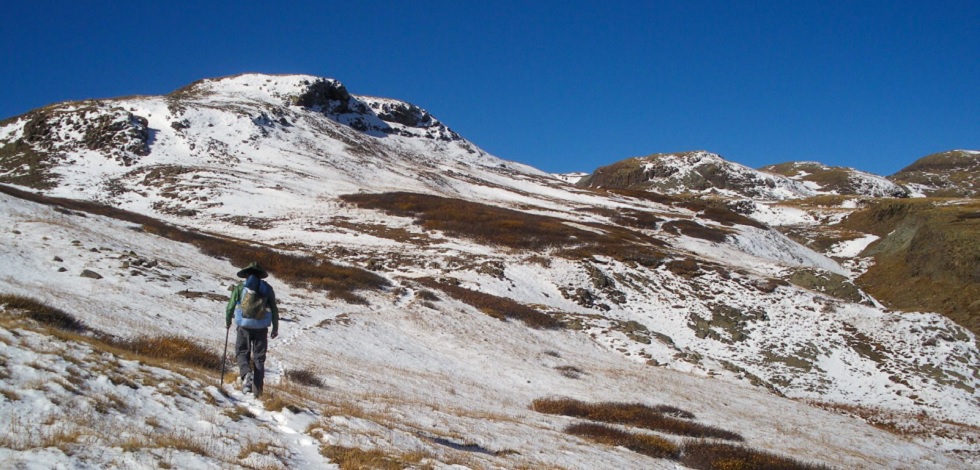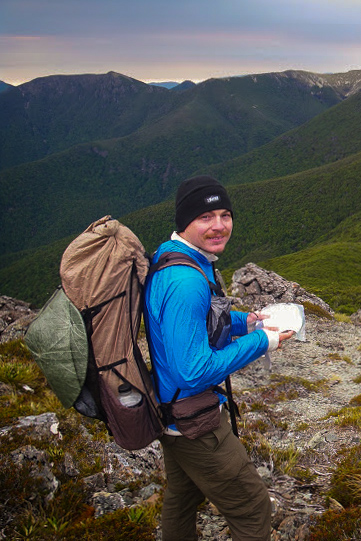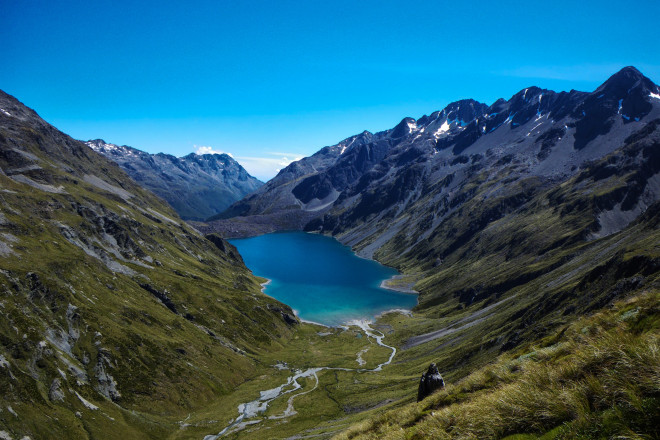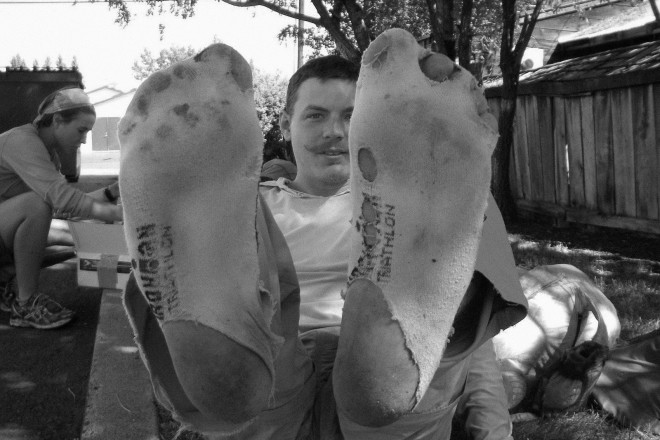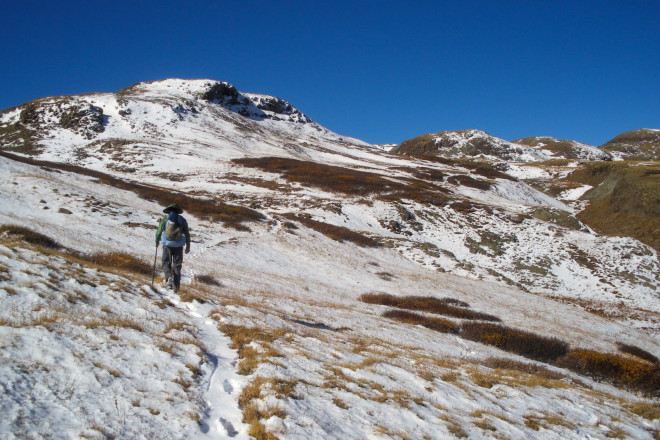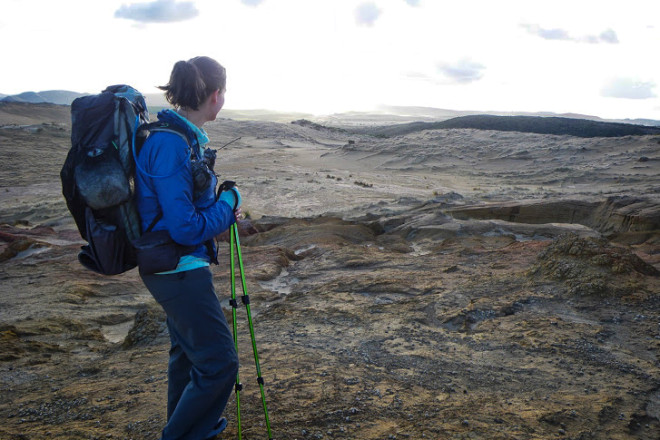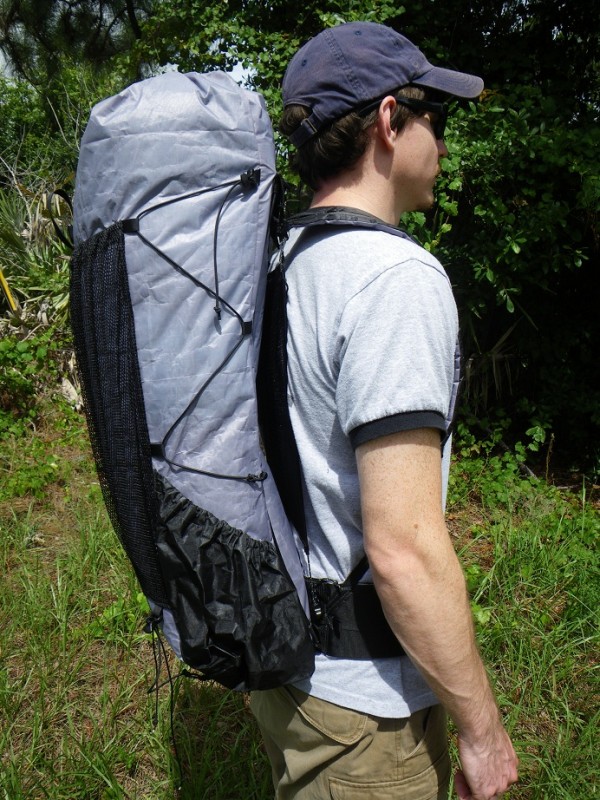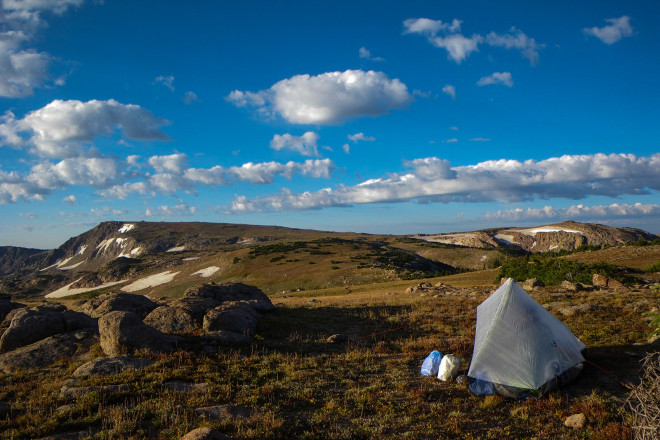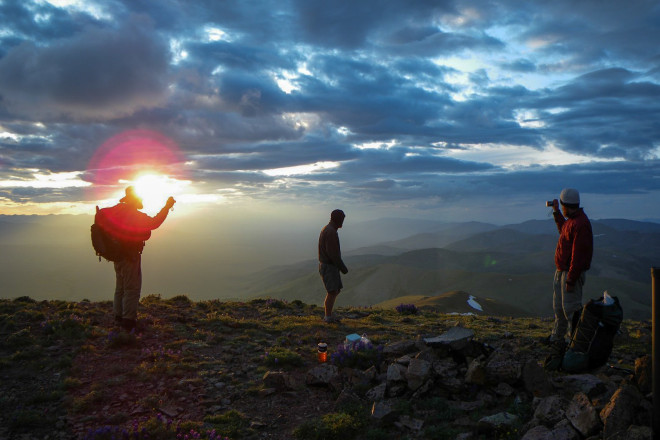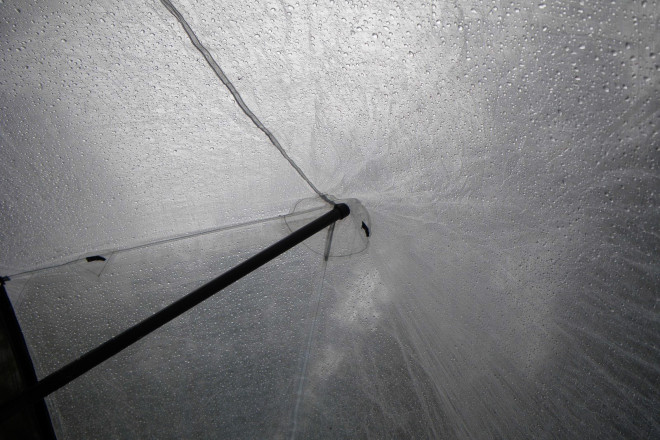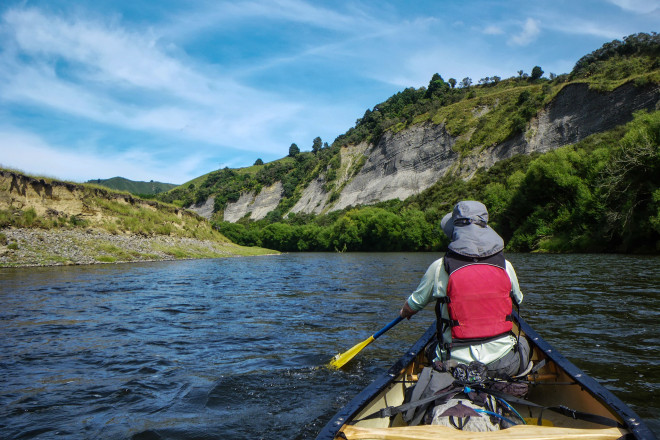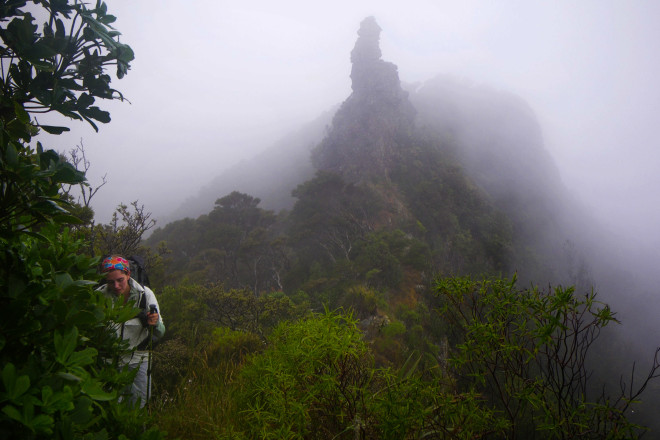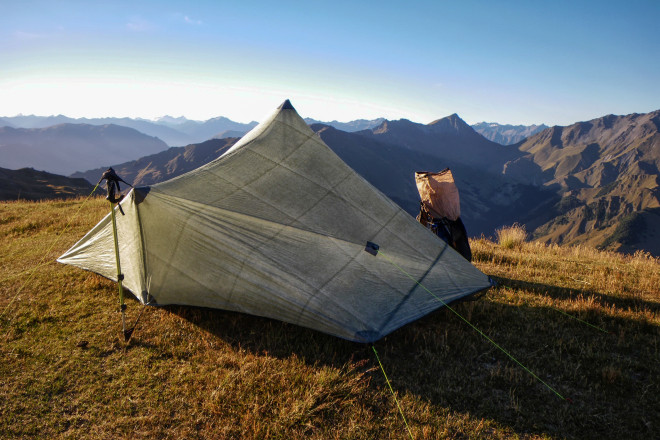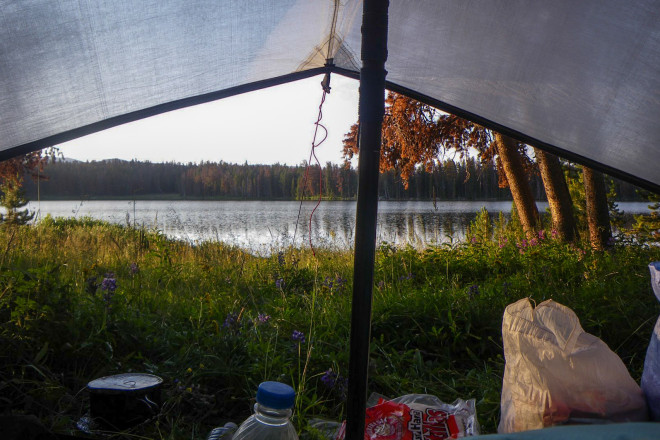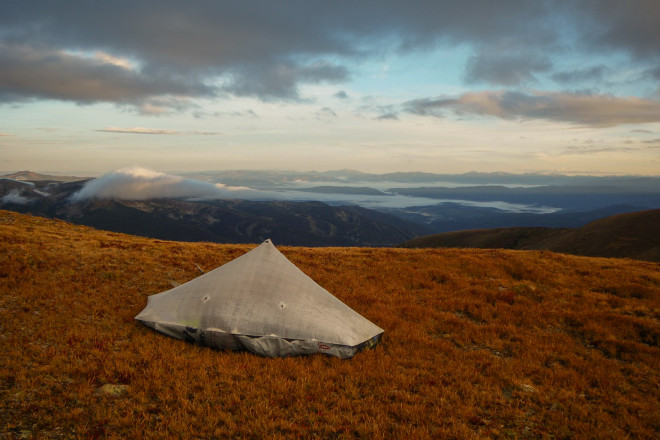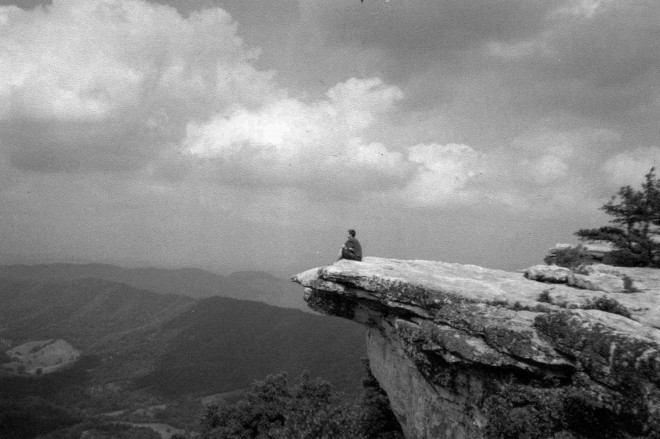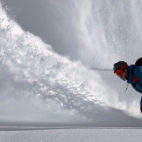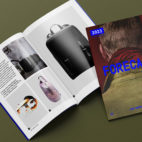Ultralight Backpacking :: Joe Valesko (ZPacks)
Ultralight backpacking is growing in popularity, and its tenets are trickling down towards more traditional forms of backpacking. To learn more about UL backpacking we chatted with Joe Valesko of ZPacks, one of the best in the current crop of ultralight cottage industry gear makers.
A Short Introduction to Ultralight
Ray Jardine is generally credited with popularizing ultralight backpacking with his 1992 book PCT Hiker's Handbook. In it he advocates hiking the entire Pacific Crest Trail in a faster time by using lightweight gear and longer days at a slower pace. He recommends the use of tarps rather than tents, quilts rather than sleeping bags, and frameless backpacks with no hip or sternum straps. These techniques make base weights - all your gear not including food or fuel - of under 10 lbs (5 kg) achievable.
At the time his ideas were called unsafe by many - and frankly we think that some of his ideas go too far - but it stands to reason that lightening your load while staying safe within the requirements of whatever adventure you're getting yourself into will let you go further, with less strain and more enjoyment of the outdoors.
Ultimately, the goal is to carry only the lightest gear that is essential to your personal needs. To help, Joe Valesko graciously took the time to school us on the finer points of UL carry.
Joe, thanks for taking the time to talk to us. Can you share a bit about yourself?
My name is Joe Valesko. I am a long distance hiker and I founded ZPacks in 2005. I've hiked four long trails now - the Appalachian Trail, Pacific Crest Trail, Continental Divide Trail, and the Te Araroa - totaling over 9,400 miles. I use that experience to design ultralight backpacking gear that is ideal for those types of trips.
How do you define Ultralight? Is it defined by goal weights or by approach?
I don't know if there is a set definition, but I would say that if you can get your total backpacking base weight (all of your gear not including food or water) under 8 lbs you are "Ultralight". Some hardcore hikers are able to reduce their base weight to under 5 lbs and are "Sub-Ultralight". With our gear it is not too difficult to get into the 5-8 lb range for multi-night trips without compromising too much on comfort or durability.
What's your normal base weight? Have you ever had an “Oh shit” moment when your equipment was too light for a situation?
I generally carry around 6 lbs of gear for 3-season use, in temperatures ranging from 20°F, up to summer temperatures. I have had a few situations where experimental prototype gear did not work out as well as planned, but that is what testing is for.
On our CDT thru-hike we hit blizzard conditions in the San Juan mountains of Colorado in the fall. We had several feet of snow and temperatures in the single digits for a couple weeks. We made it through with our "summer" gear but it was sketchy.
That being said, I think we would have had to get off the trail in that section if we had "bad" heavy gear instead of "good" ultralight gear. The majority of the other thru-hikers with heavier gear did not make it through that section that year without bailing out or road walking around the mountains.
Your Arc Blast backpack is highly touted in the UL world. What makes it unique?
The Arc Blast's frame is made from flexed carbon fiber. The carbon fiber is strong while keeping the weight to a minimum (454 grams for the 45L version). Flexing it allows us to create an air gap or buffer zone which helps to keep your back cool, and it cushions your back against any lumpy items in the backpack.
With many of the original UL folks advocating frameless packs, what influenced your decision to switch to a framed pack?
When I first started, my focus was to build gear that was as lightweight as possible, with comfort as a secondary concern. At the time, the weight penalty for carrying a backpack with a frame was too high for me to justify.
There's no question though that framed packs are more comfortable for many people. Over time, we did a lot of experimenting and came up with a unique frame that is comfortable and only adds a few ounces to the weight of the pack. I think the weight penalty is now "worth it" for the carrying comfort.
Many of our readers enjoy “regular” hiking and camping, but everyone can benefit from a lighter pack. Do you have any general tips to cut down on packed weight?
Dropping weight can benefit anyone who hikes a lot. It is easier on the body and generally just makes walking with gear more enjoyable.
I think the biggest mistake most people make when getting into ultralight hiking is not doing enough research. Many people buy new gear only to quickly realize there is even lighter/better stuff that they could have bought instead. There are a lot of different choices available, and some decisions need to be made between weight savings and price. In general I think it is a good idea to shop around and do your homework. Keep in mind that experimenting is sometimes the only way to figure out which gear is best for you.
What are your materials of choice in bag construction? Are you experimenting with anything new these days?
Most of our gear is made from a fabric called Cuben Fiber. Cuben Fiber itself is a laminate made from Dyneema fibers [Ed. Note: see our in-depth article on Dyneema here]. Dyneema is the highest strength, lightest weight material that is commercially available right now, and Cuben Fiber takes advantage of that high strength to weight ratio to make a very lightweight, strong fabric. We also use carbon fiber for any applications that require a lightweight, stiff material, for example our backpack frames and tent poles.
Carbon Nanotubes are an exciting prospect, but as far as I know there is no cord or fabric made from it yet. That could be the next big thing in ultralight materials.
Do you think about your gear a lot in your travels, or are you able to enjoy the hiking for its own sake?
I probably spend half of the time while I am hiking thinking about gear designs. It is a hobby really, and actually being outside using the gear we make really helps to think of improvements and new design ideas.
We also get a lot of feedback from customers. If a customer suggests an improvement and we think it is a good idea we often implement it right away. We build everything in shop, and barely keep any inventory (most gear is built to order) so improvements can go into effect very quickly if we discover a problem or a good idea.
Who else is doing cool stuff in carry and outdoor equipment?
The cottage gear industry seems to be thriving. We have a number of competitors who are also innovating in the ultralight space. To name a few, Gossamer Gear, HMG, ULA, Six Moon Designs, MLD and more.
Can other carry design - tactical, EDC, sport, business, etc. - learn anything from UL design?
UL materials are gradually moving into the mainstream. I think there are some limiting factors though.
Most critically, UL materials tend to be significantly more expensive. Once a retail markup is added on to mainstream gear the prices can get out of reach for many customers. One of the advantages that many cottage gear companies enjoy is we sell directly to customers, so there is no retail markup. We operate on a smaller scale and that wouldn't work as well in the mainstream retail world.
Another factor is UL gear works best with informed customers who understand what they are getting and what the limitations may be. You can convey a lot of information with a web page or a video tutorial and that may be harder if the product is packed up on a shelf in a store.
Thanks to Joe for sharing his thoughts and photos with us. You can check out his gear at ZPacks.





 Carry Awards
Carry Awards Insights
Insights Liking
Liking Projects
Projects Interviews
Interviews
